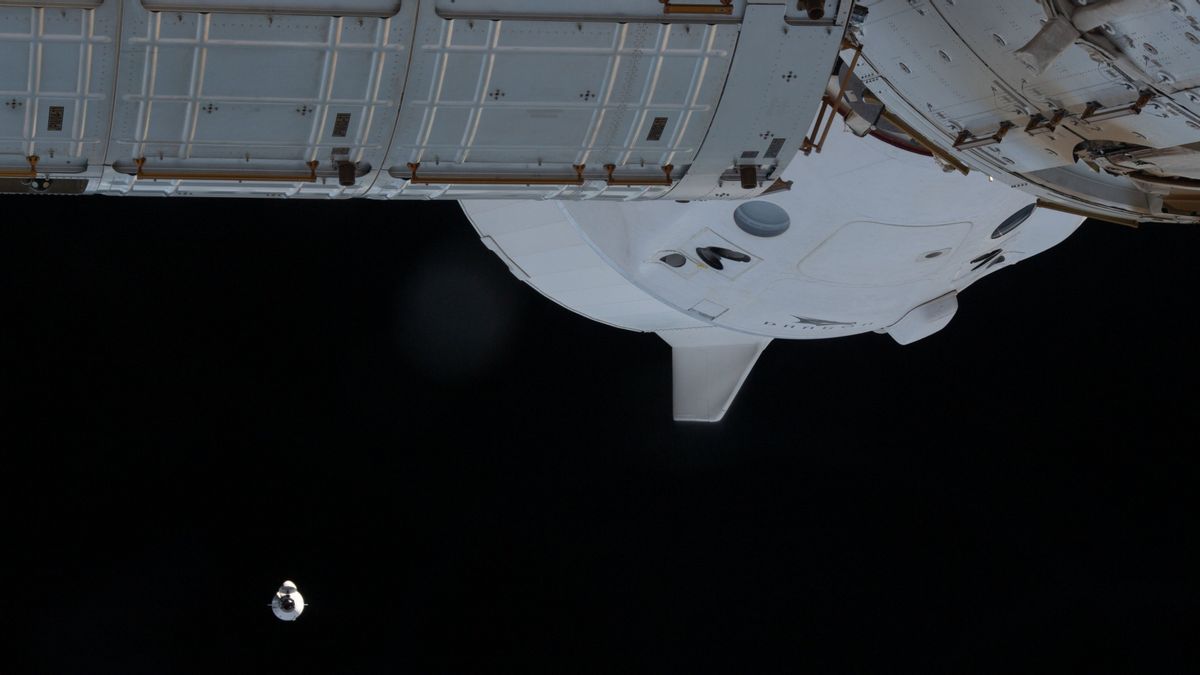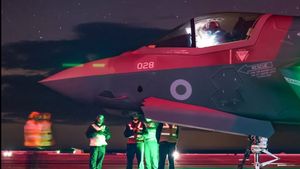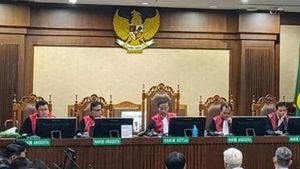JAKARTA - SpaceX has launched more and more internet satellites since 2018. So far, more than 2.000 Starlink satellites are in low Earth orbit, about 340 miles above the planet.
The satellite's goal is to provide high-speed, high-quality internet to the most remote places on Earth, via the Starlink internet satellite constellation.
However, the satellite has been heavily criticized by astronomers. They say objects observed by other satellites may appear as streaks in telescope images due to a large number of Elon Musk's satellites in space. This hindered their scientific observations.
A study by the California Institute of Technology examined observations made by the Zwicky Transient Facility (ZTF) in San Diego, California between 2019 and 2021.
They found that in November 2019 only 0.5 percent of twilight images had Starlink 'lines', while in September 2021 it increased to 20 percent.
They say one-fifth of all images taken by the major asteroid telescope were disrupted by Elon Musk's SpaceX Starlink satellite.
Scientists estimate that once SpaceX reaches 10.000 Starlink satellites sent into space, every image they observe will contain at least one scribble.
It's not all bad, though, as each squiggle accounts for only one-tenth of one percent of the pixels visible in the full ZTF image. It has less impact than a cloudy sky.
According to a Dailymail report, engineers at SpaceX have tried a number of measures to counter this effect, including reducing how reflective the satellite is and providing tracking information.
Some of these measures have helped, with some of the larger observatories able to install counter software, or predict the position of the satellite when the image is taken.
However, many astronomers say the problem will only get worse, and very bad for observatories like ZTF that take a wide view of the sky.
SEE ALSO:
The lines are most obvious in twilight observations taken at dawn or dusk which are vital points at night for viewing near-Earth asteroids.
The ZTF, funded by the National Science Foundation and operating from the Caltech Palomar Observatory, scans the entire night sky every two days.
During the scans, they cataloged exploding, flashing, or changing cosmic objects over time, which could be indications of an asteroid approaching Earth.
Zwicky's team members said they decided to specifically study the effects of the Starlink satellites because they currently represent the largest low-Earth orbit, or LEO, constellation, and have well-defined orbits.
However, SpaceX is not the only operator to launch a low-Earth orbital constellation. The UK's OneWeb also has a growing constellation, Amazon has already started rolling out its Kuiper system, and China is considering launching a constellation.
The findings show that 5.301 satellite streaks appear in archive images taken between November 2019 and September 2021.
The English, Chinese, Japanese, Arabic, and French versions are automatically generated by the AI. So there may still be inaccuracies in translating, please always see Indonesian as our main language. (system supported by DigitalSiber.id)

















